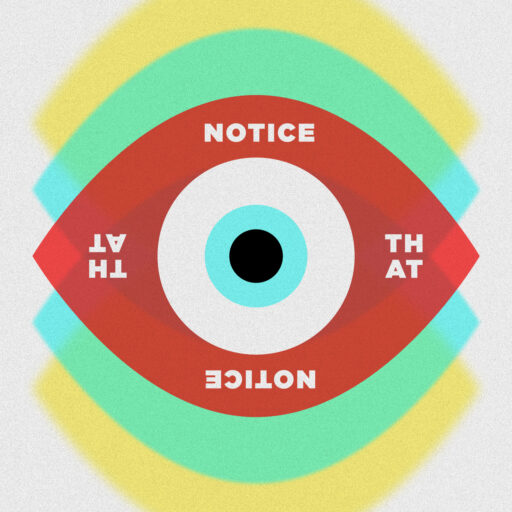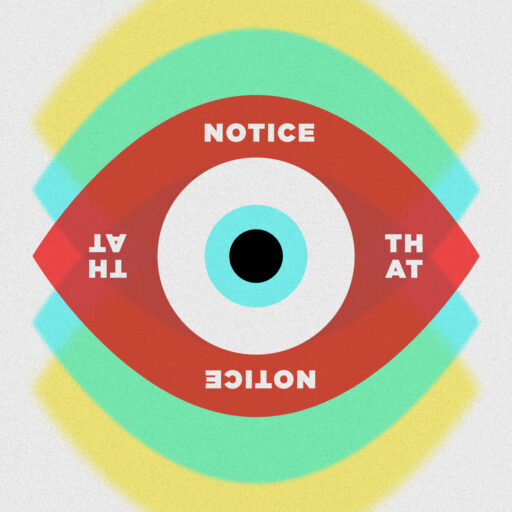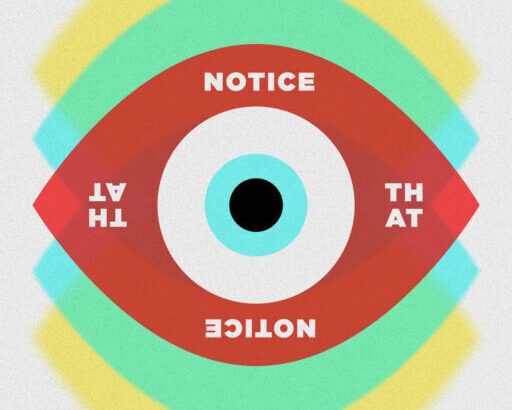Episode 7: Choosing Negative and Positive Cognitions

Walk with us through the details of Negative and Positive Cognitions. Listen while we discuss the how to support our clients in identifying the most fitting beliefs.
Looking for negative cognitions during history taking phase.
The importance of negative cognitions. They are the things our traumas have taught us about ourselves, others and what we can expect from life.
They have to be a self-focused belief, and needs to be present moment focused. When possible you want it to be broad enough to allow for generalization.
Make sure it is an irrational belief and not a true statement. When you need to get to the core of the issue ask the magic question, “if that were true, what would that mean about you.”
Finding the ‘correct’ negative cognition
As long as we have a self-focused, present moment irrational belief we can use it. It may change as reprocessing happens.
Using a secondary negative cognition may slow down reprocessing, but it rarely completely stops it.
Clients are usually more ready to work on safety related issues before shame issues or love ability issues.
We don’t want to be in a power struggle during assessment phase. Our goal is to light up that memory and start reprocessing right after.
3 Categories of Negative Cognitions
Google” EMDR Negative Cognition” to find the list.
Categories:
- Responsibility
- Safety and Vulnerability
- Control and Choice
Hierarchy of Needs.
What to do when the negative and positive cognition don’t seem to match.
Different levels of therapist involvement in choosing cognitions. Some are very directive, others let clients chose no matter what. Consider using the ‘Zone of Proximal Development’ and ‘stages of change” as a guide. If you chose to guide the process, make sure the client has a chance to change it or ‘make it their own’.
What do you do if they can’t choose between two different cognitions?
Consider a combo. Use questions to narrow in:
Which one is the most upsetting?
Tools and techniques for working with kids. Remember childlike language.
Francine said,” Don’t challenge the cognition.” Our intellect is not the tool to use when finding cognitions. ‘
Positive Cognitions
Positive cognitions often change during reprocessing. They will often spontaneously shift to something even more positive. There is often a physical reaction when that shift occurs.
We don’t want to choose a positive cognition that feels to far way. It needs to feel within reach for them to really engage with the process.





